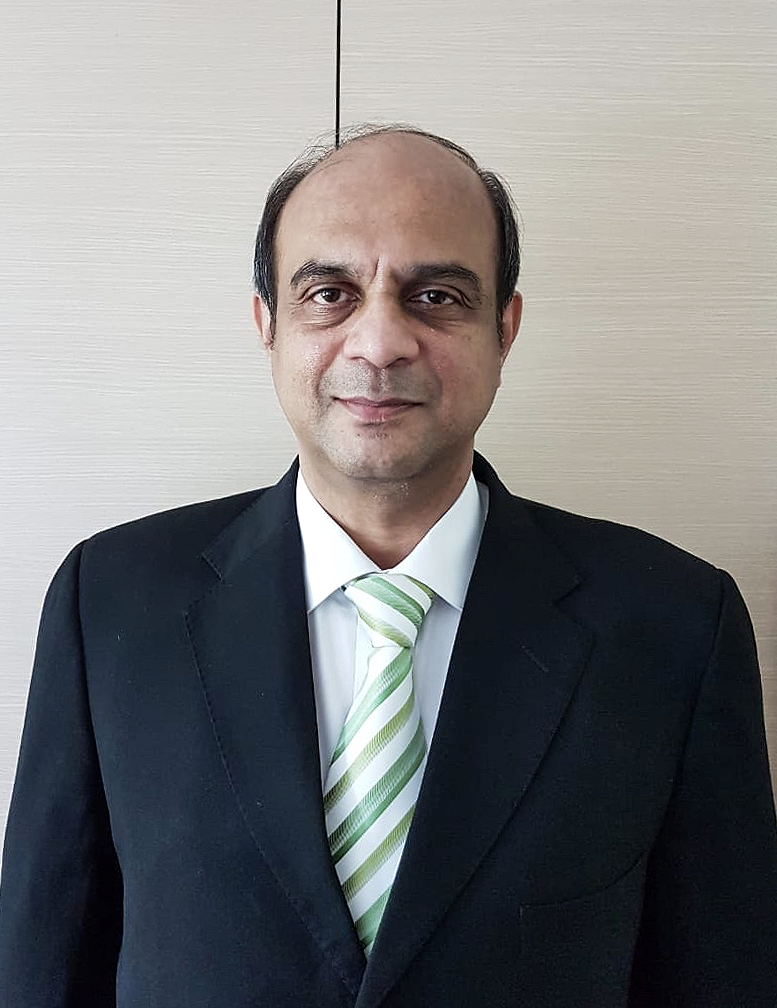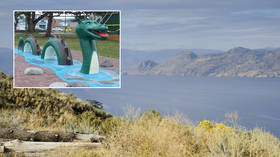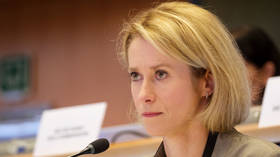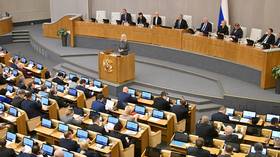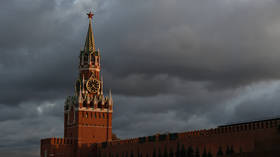The internet is penetrating rural India rapidly – and the trend could transform electoral politics. Should Modi be wary or happy?
The rapid rise of internet penetration in India, particularly in the rural regions, has the potential to utterly transform the country’s digital landscape. As the world’s largest democracy, how will this impact electoral politics?
The total number of users in rural India crossed the 227 million mark last year – over 10 percent more than the 205 million users in urban regions, according to a recent report by the Internet & Mobile Association of India (IAMAI).
These numbers are only going to soar higher, opening up endless technological possibilities for the rapidly developing nation.
Transforming India
Boosted by low access costs, overall internet penetration in India has already hit 560 million users – the second highest in the world after China. The figures suggest the user rate is now growing at seven times the country’s population growth rate. If this trend keeps up, by 2023, India is forecast to have more than two billion internet-connected devices (including smartphones) among a predicted population of 1.42 billion people.
The internet has had a multiplier effect and driven dramatic changes in Indian society and globally. It has revolutionized communication, bringing people closer via email, instant messaging and social media. It has enabled a constant flow of news delivery, entertainment and online learning. Not to mention how it has facilitated e-commerce by allowing us to buy almost anything from anywhere at any time.
Also on rt.com As the US and China fight over Covid-19 and prepare for a new trade war, India swoops in for the last laughBeyond individual benefits, the internet has also helped governments to reach out to citizens and provide access to a range of services online. Indeed, in India’s case, in step with increasing internet penetration, digital services have concurrently expanded, with the government being a strong catalyst for India’s rapid digitization.
For instance, we have seen the creation in 2008 of the Aadhaar ID (a national biometric digital identity program which assigns a unique 12-digit number to each resident. In 2016, the BHIM (Bharat Interface for Money) app was released, playing a major role in promoting digital payments through mobile phones. More recently, the Aarogya Setu app to track Covid-19 cases is proving to be a useful tool in the ongoing fight against the virus.
The rise in the number of internet users in rural India is no doubt a seminal development that could potentially transform India from grassroots level – but in the world’s largest democracy it could also have important political implications.
Impact on elections
These internet advances over the last decade, accompanied by widespread adoption of other technologies, are now seen as the potential “game changer” in electoral politics. In fact, the launch of the Reliance Jio phone network in 2016, which triggered a cheap data revolution, seems to have transformed Indian politics already. The 2019 general election that resulted in a landslide victory for the Narendra Modi-led Bharatiya Janata Party (BJP) – the first party in 35 years to return to power with an absolute majority – saw for the first time massive digital political campaigns by various political parties. Journalist Saba Naqvi described the 2019 vote as India’s first “post-Jio-election.”
Also on rt.com ‘Heavy rush’: Delhi launches website for residents to buy alcohol without massive queues...it GOES DOWN in an instantThe above developments in India are relatively recent, though the widespread and innovative use of digital technology to drive political campaigns were first seen in the United States in 2008, when Barack Obama successfully targeted voters through online platforms like Facebook and Twitter. In India, PM Modi has taken advantage of the technological revolution and become a prolific user of social media himself. His Twitter account boasts 43.4 million followers, making him the second most-followed political leader globally. He is also the most-followed leader on both Facebook and Instagram, far ahead of US President Donald Trump.
Emerging technologies like “geofencing” – a new and sophisticated tool for digital campaigning to influence and target unsuspecting voters based on their location – are already transforming political campaigns in the United States. It is only a matter of time before such technologies are adopted in India, probably in time for the next general elections, scheduled to be held in 2024 – by which time internet penetration would have virtually reached every Indian.
The spread of the internet to rural India in particular may bode well for Modi again in those elections, given that he won big in rural constituencies in 2019.
Also on rt.com Gruesome scenes in Indian village after major toxic gas leak kills at least 9, scores hospitalized (GRAPHIC PHOTOS & VIDEO)While many domestic and foreign analysts had predicted losses in rural areas, the BJP-led coalition won 353 out of 542 contested single-seat constituencies, including many in distressed rural and farming regions.
Many analysts say it was Modi, personally, who drove rural voters, installing a sense of national pride and purpose – coupled with the fact that many did not attribute their financial woes to his leadership directly. Given his strong presence on social media, Modi may be able to tap into that kind of support again in 2024 as more and more Indians are connected to the internet.
By all measures, India is on its way to becoming a digitally advanced nation. It is already home to one of the world’s largest and most rapidly growing bases of digital consumers, digitizing activities at a faster pace than many mature and emerging economies.
The precise scale and impact of this increasing internet penetration remains to be fully seen – but it is unlikely that electoral politics in India will remain the same for long.
Like this story? Share it with a friend!
The statements, views and opinions expressed in this column are solely those of the author and do not necessarily represent those of RT.
